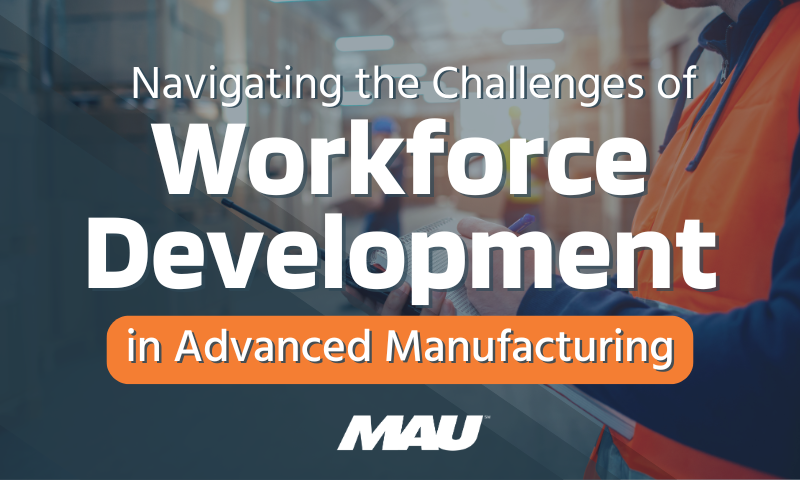This is part four of a 12-part series designed to help you transform your company, gain a competitive advantage, and sustain long-term business success through staffing. If you missed out on part one, part two, or part three, take some time to go back and catch up. Today, we’ll explore temporary staffing, the disparity between full-time regular employees and temps, and how this can ultimately affect your business.
During WWII, millions of men left their jobs to serve their country, creating huge gaps in the workplace that had to be filled. This labor shortage planted the seeds of what we today refer to as the temporary staffing industry, which responds to businesses needing workers. Many organizations today continue to rely on such help for special projects and seasonal peaks, often utilizing twenty, fifty, one hundred, or even thousands of people.
Temporary staffing can be utilized by businesses both big and small to offset seasonal needs, meet fluctuating production requirements, and gain specialized skills on a temporary basis. There are two main workforce models that utilize this temporary workforce. Here are the pros and cons of each and how they might apply to your business.
Staffing Workforce Model
Full-time employees combined with a flexible workforce consisting of temporary and contract workers, co-ops, and interns. This workforce model introduced business leaders to the concept of using outside contractors and services to better manage their companies and respond to changing market conditions.
Advantages
- Strategically balance labor needs and production levels by bringing in workers when they need them and then letting them go when they do not
- Convert a historically fixed labor cost to a variable one while shifting liabilities for unemployment, EEOC matters, benefits, and worker’s compensation to a third party.
- Use of contracted suppliers to manage low-skilled tasks leads to better outcomes at a lower cost.
- Purchasing and finance departments save money on what companies pay for the hourly bill rate.
Disadvantages
- Large disparity in pay between full-time regular employees and temps gives rise to a wide gap in the quality and dedication levels between the two types of workers.
- Temporary workers display lower morale, higher absenteeism, greater turnover, less efficiency, and poorer work quality as compared to their full-time counterparts.
- Decreased business efficiency as more labor hours are required to get the same amount of work done, largely due to exorbitant turnover and absenteeism, as well as constant retraining.
Temp-to-Perm Hiring Model
A full-time workforce drawn almost exclusively from a pool of low-paid temporary workers.
Advantages
- Easy way for hiring managers to quickly make selections from an existing temporary pool rather than going out into the marketplace.
- Gives employers the opportunity to evaluate candidates before making a final hiring decision to avoid poor hiring decisions.
- Enables your business to adjust more easily and quickly to workload fluctuations
Disadvantages
- Can inadvertently weaken the quality of your workforce.
- Bad for organizations who fail to set their full-time hourly pay rates to true market valuation.
- Tendency to overpay full-time employees (who are far less efficient than they were during their first year of employment) and underpay temporary workers (hurting your chances of attracting the highest quality candidates).
So, is leveraging the temporary workforce right for your organization?
Perhaps. While temporary workers can help you balance labor demands and realize cost savings, they can also affect the quality and efficiency of your organization. If you continue to hire from your temporary pool, you must be willing to pay more and move closer to the job’s fair market value. If you choose not to do so, in the long term, you will dramatically reduce your competitive edge derived through your workers.
Next time, we’ll show you how to say goodbye to outdated workforce models and pursue a more strategic approach to reach your unique business goals. Stay tuned!
Sign up to get this Master Class series directly to your inbox.
{{cta(‘937408fa-3a2a-45f8-a546-ebb39501144e’)}}
Note: This blog post was inspired by and adapted from Randall Hatcher’s book, “The Birth of a New Workforce.”

.png)


